Blowing out a candle or drinking it from a straw, children learn about the second year of life. At this age, children enjoy playing blows. By the way, they train their mouth motor skills. This is important for the language and for the sound formation. 8 games for blowing give suggestions. You will certainly find more.
Media Education for Kindergarten and Hort
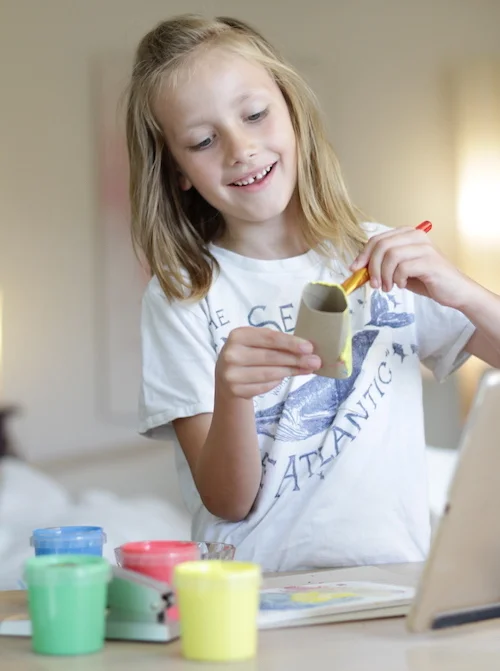
Relief in everyday life, targeted promotion of individual children, independent learning and - without any pre-knowledge already usable by the youngest!

Blowing out candles: Not only for birthdays do children love to blow out the candles. You can simply introduce a ritual and light a candle, for example at dinner. These can then blow out the children. Ask the children what they can still blow and where? For example, a beetle from the finger or a cumin from the table. What else does the children remember?

Blowing into a straw and making bubbles of bubbling: Children can often blow beautiful bubbles before they can drink from a straw. Fill the children a cup with water and let them blow. Who can make the longest bubbles? How do they differ when they are short and heavy blasted or only slightly blasted?



With a straw you can blow a ball or a feather: with a straw you can blow a ping-pong ball or a feather over a table. The children can also sit opposite and try not to blow the feather off the table or on the opposing side of the table. The children can also blow around the bet. You can install small obstacles so that the children blow the pen or the ping-pong ball around them. For example, this can be done with building blocks.
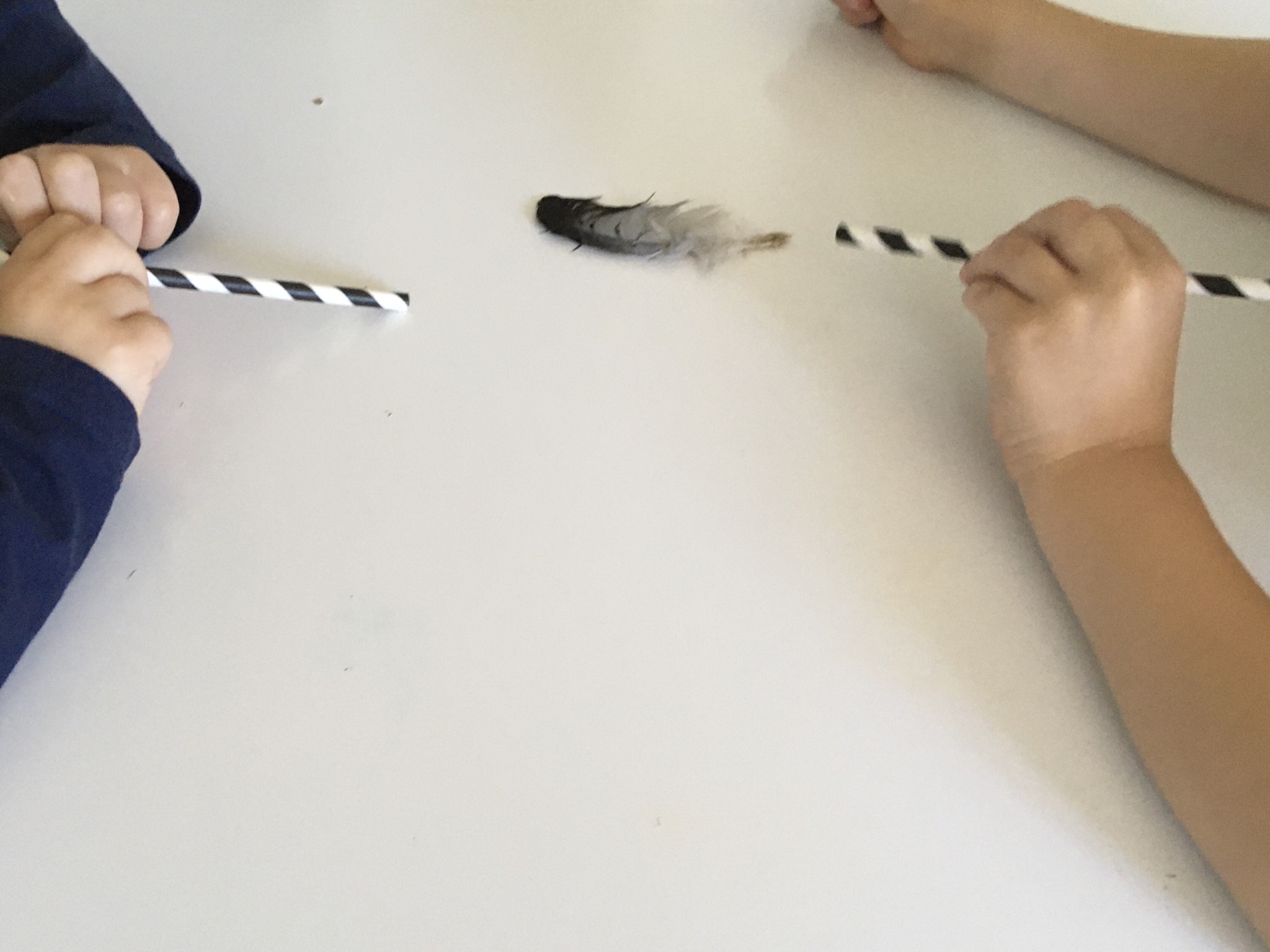


Blow into a flute: do you have any other wind instruments? Just let the children blow into a trumpet or a trombone, for example. Tip: there are open-door days at music schools every year. Use the opportunity to try out different instruments.



You can also whistle with the whistle, like the referee does during sports. But you can also whistle locomotives and ships. To whistle, sharpen your lips as if you want to drink through from a straw. Then whisper with a lot of air. You can also practice this backwards, i.e. try to whistle while breathing in. This makes children fun and trains the lip tension that is necessary for this.
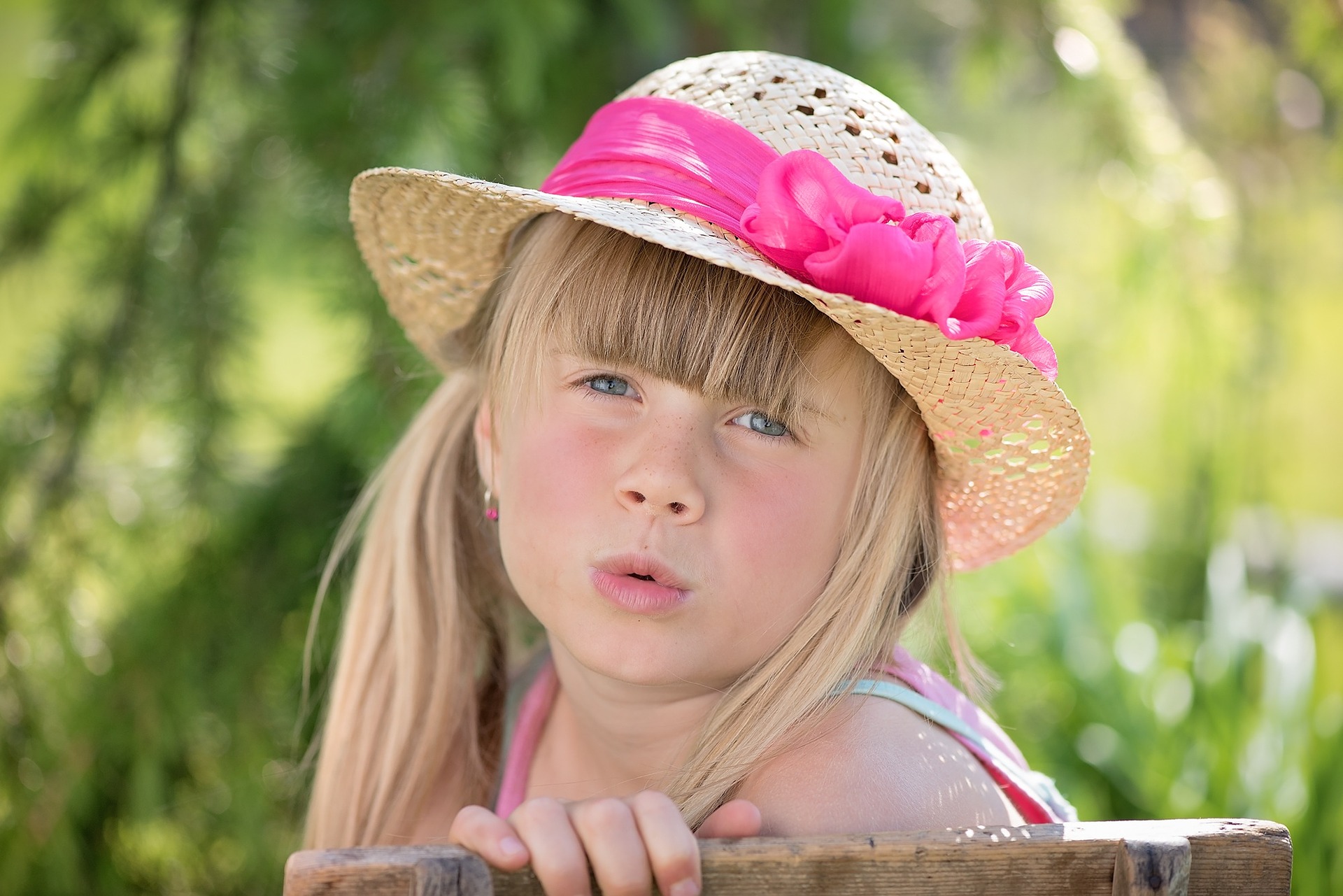


Blow up balloons: First make sure that the children blow up a large round balloon. The narrow, elongated balloons are harder to blow up. You can also blow in some air and the children can then blow further. This usually only succeeds after a time and needs some exercise.



Blowing flower: As soon as the dandelion blooms and the first blow flowers stand, hardly a child can pass by without blowing away the little umbrellas. Use this time, go for a walk and blow as many blow flowers as you can see.
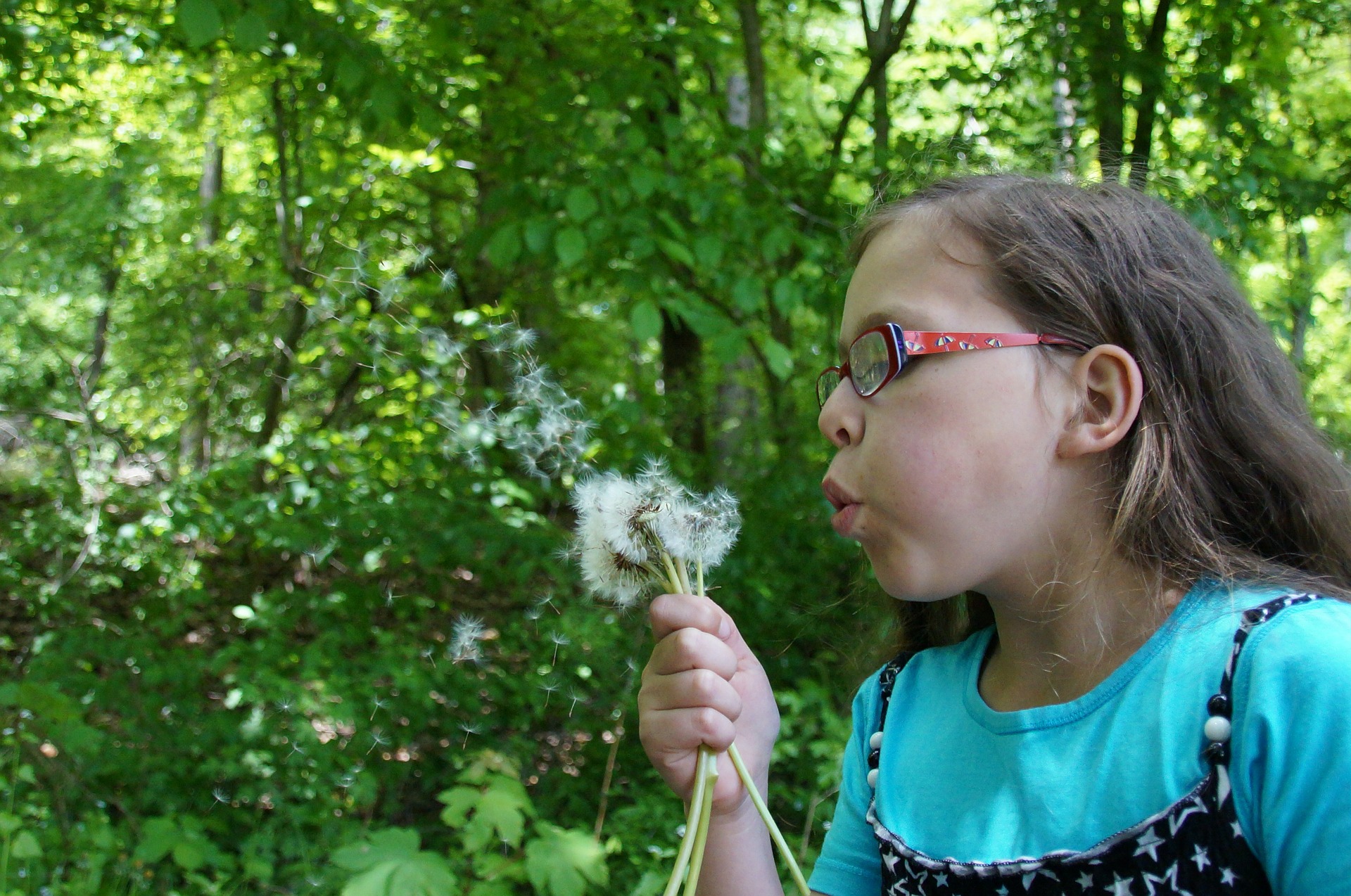


Blowing soap bubbles: While very small children are looking at the soap bubbles, children would like to try to blow soap bubbles themselves later on. This is also a nice blow exercise. If you don't have one at hand, then you can simply blow your own bubbles. Making soap bubbles
I'm sure you'll remember more. Please write us your ideas. Have fun!
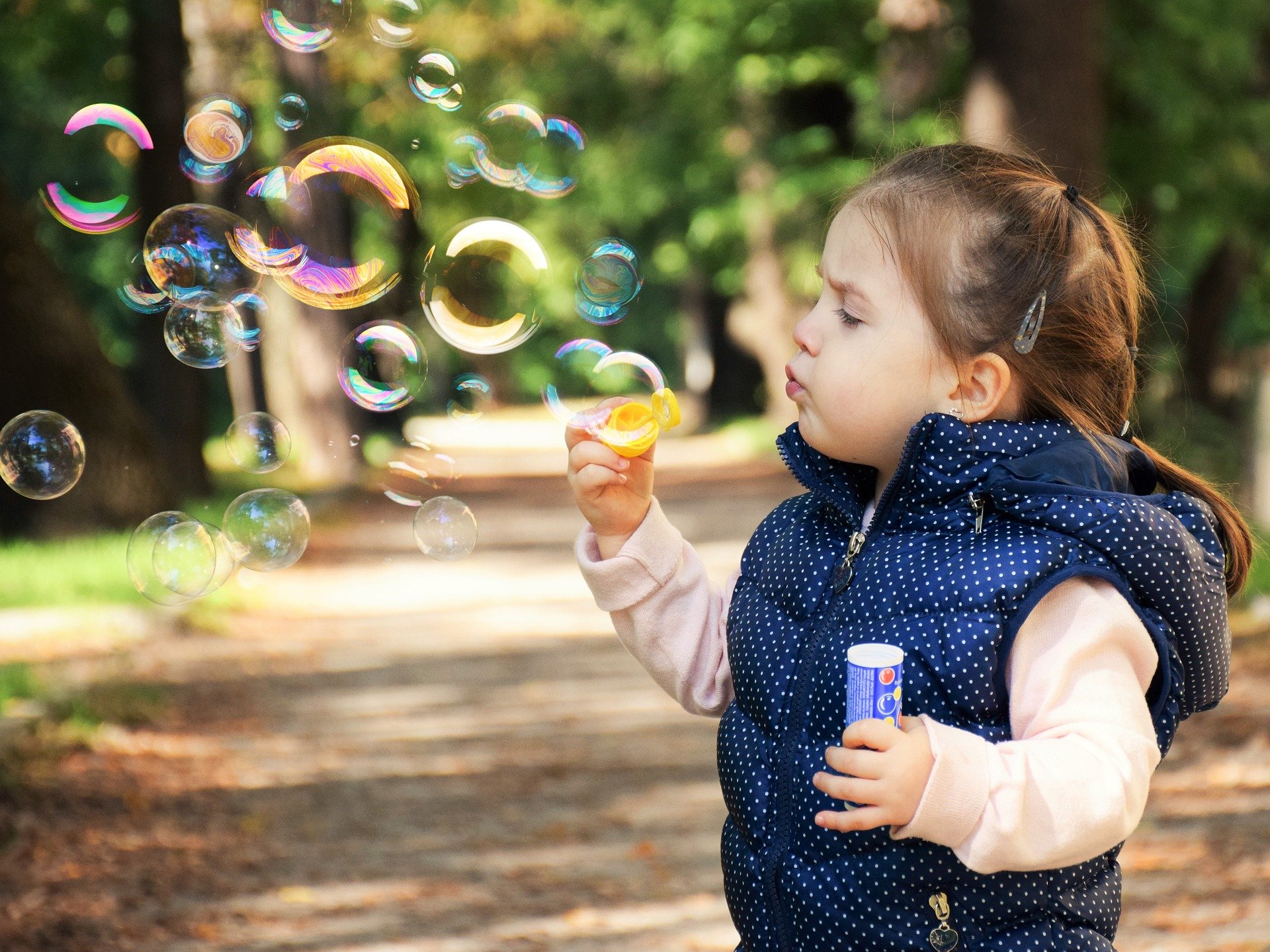


Materials
Directions
Blowing out candles: Not only for birthdays do children love to blow out the candles. You can simply introduce a ritual and light a candle, for example at dinner. These can then blow out the children. Ask the children what they can still blow and where? For example, a beetle from the finger or a cumin from the table. What else does the children remember?



Blowing into a straw and making bubbles of bubbling: Children can often blow beautiful bubbles before they can drink from a straw. Fill the children a cup with water and let them blow. Who can make the longest bubbles? How do they differ when they are short and heavy blasted or only slightly blasted?



With a straw you can blow a ball or a feather: with a straw you can blow a ping-pong ball or a feather over a table. The children can also sit opposite and try not to blow the feather off the table or on the opposing side of the table. The children can also blow around the bet. You can install small obstacles so that the children blow the pen or the ping-pong ball around them. For example, this can be done with building blocks.



Blow into a flute: do you have any other wind instruments? Just let the children blow into a trumpet or a trombone, for example. Tip: there are open-door days at music schools every year. Use the opportunity to try out different instruments.



You can also whistle with the whistle, like the referee does during sports. But you can also whistle locomotives and ships. To whistle, sharpen your lips as if you want to drink through from a straw. Then whisper with a lot of air. You can also practice this backwards, i.e. try to whistle while breathing in. This makes children fun and trains the lip tension that is necessary for this.



Blow up balloons: First make sure that the children blow up a large round balloon. The narrow, elongated balloons are harder to blow up. You can also blow in some air and the children can then blow further. This usually only succeeds after a time and needs some exercise.



Blowing flower: As soon as the dandelion blooms and the first blow flowers stand, hardly a child can pass by without blowing away the little umbrellas. Use this time, go for a walk and blow as many blow flowers as you can see.



Blowing soap bubbles: While very small children are looking at the soap bubbles, children would like to try to blow soap bubbles themselves later on. This is also a nice blow exercise. If you don't have one at hand, then you can simply blow your own bubbles. Making soap bubbles
I'm sure you'll remember more. Please write us your ideas. Have fun!



Follow us on Facebook , Instagram and Pinterest
Don't miss any more adventures: Our bottle mail








